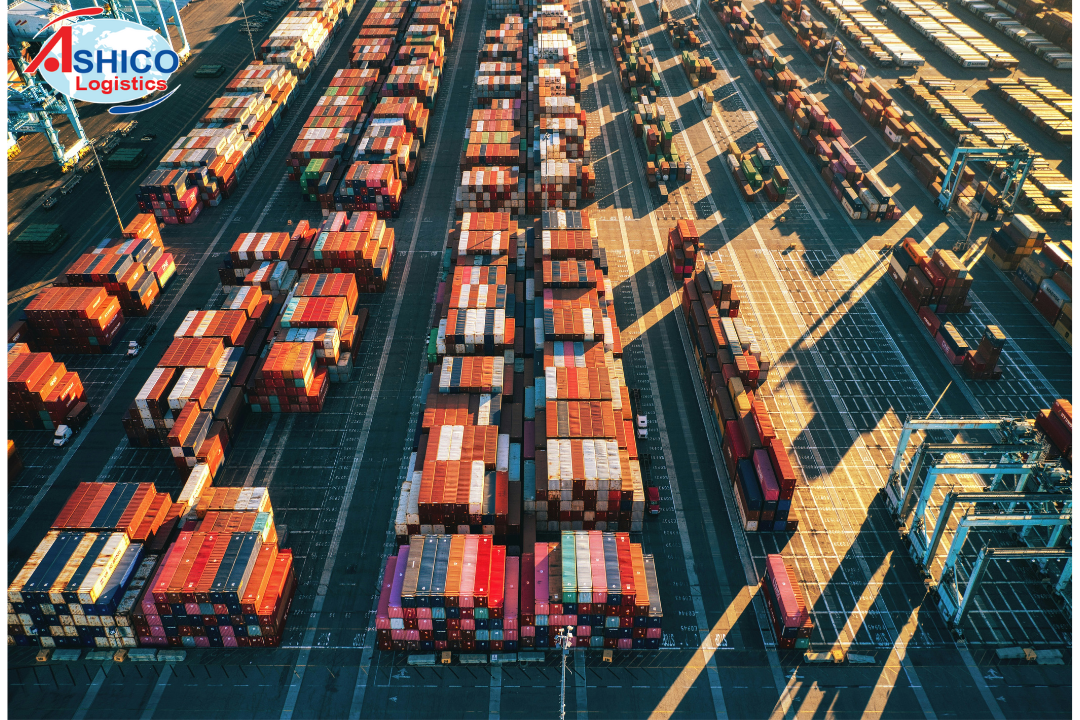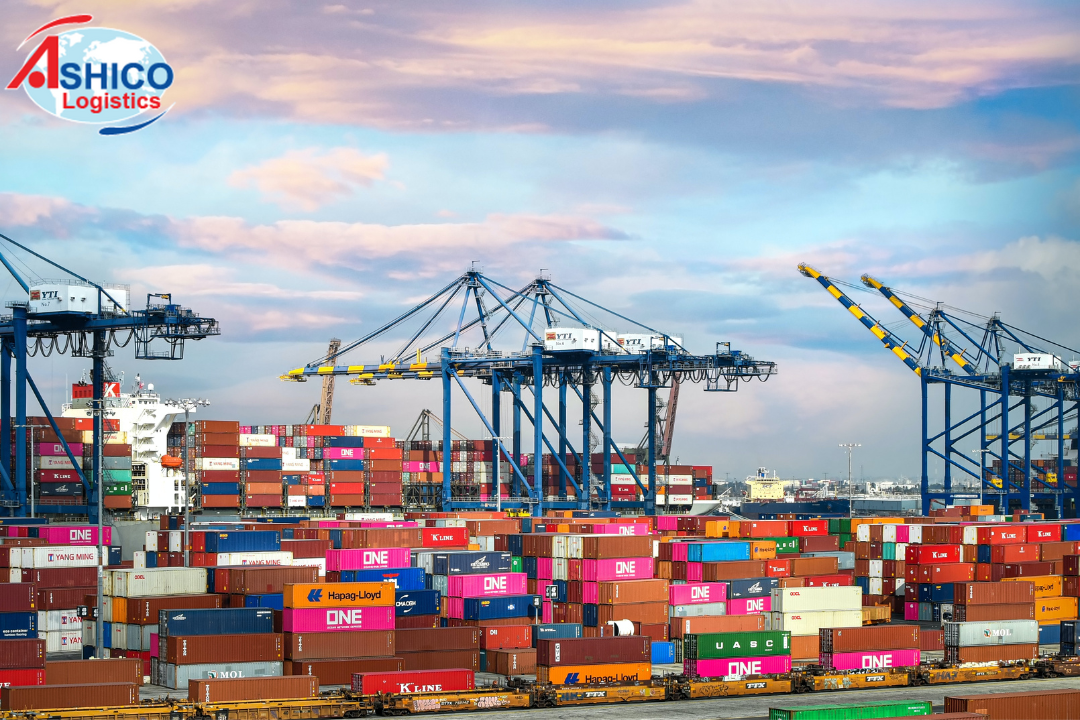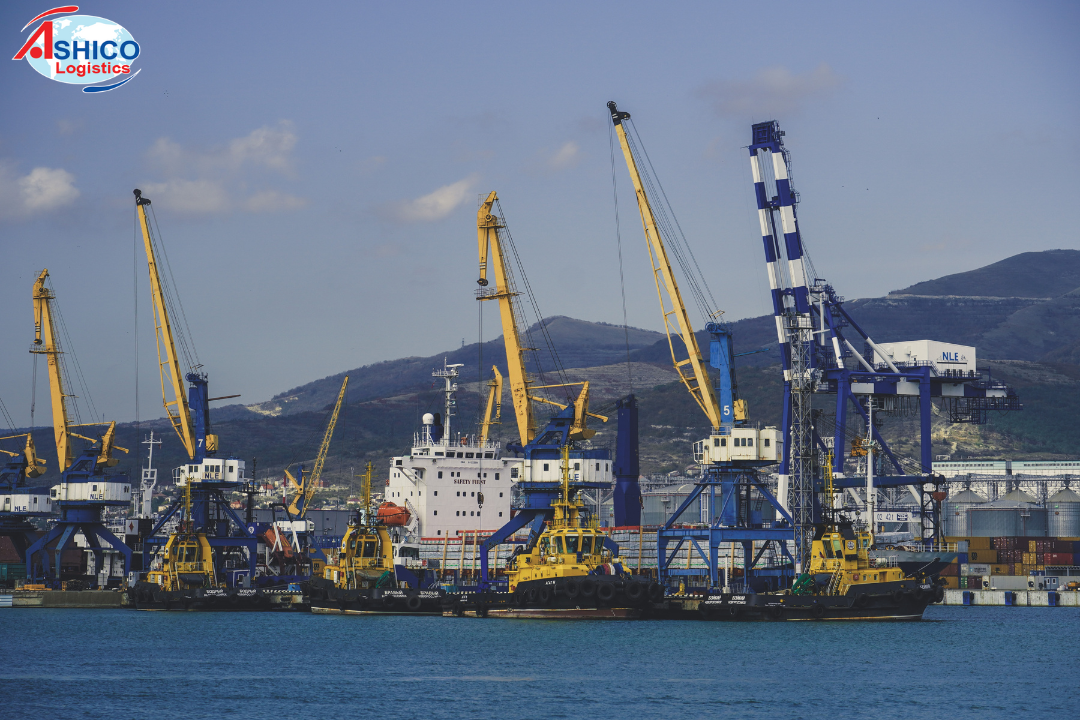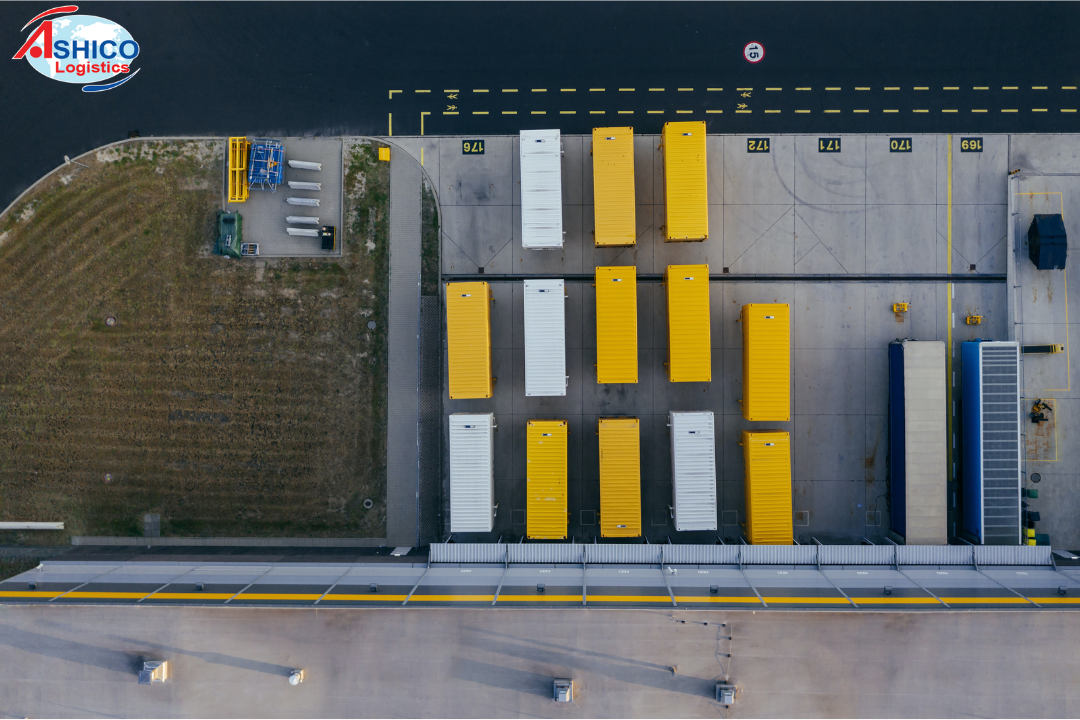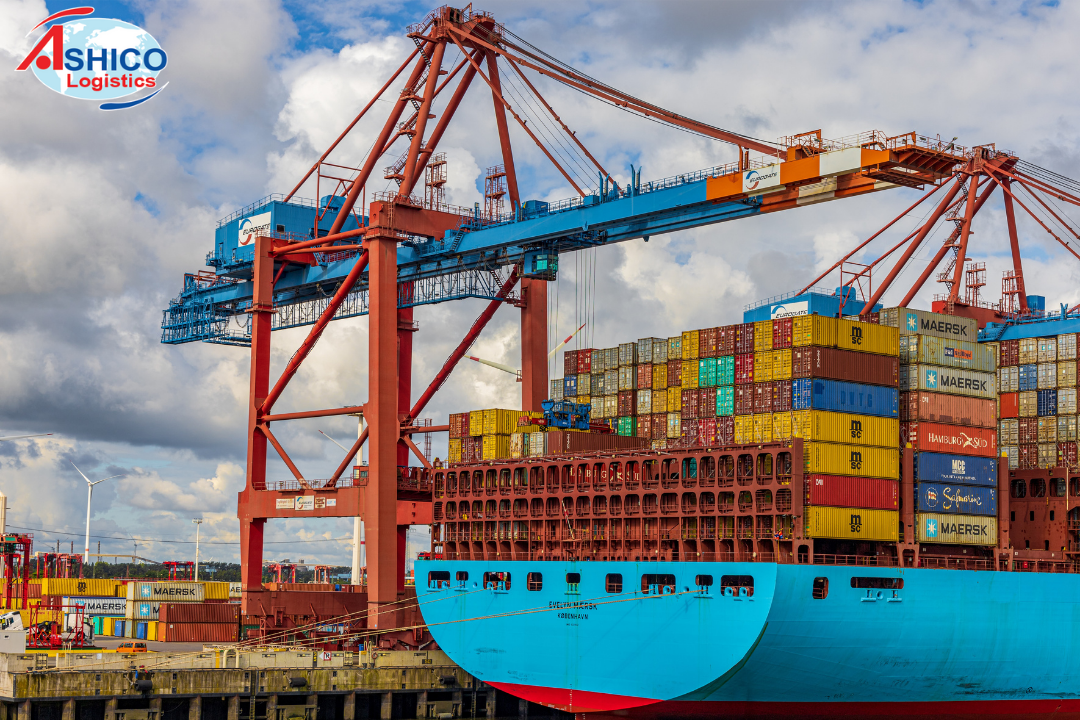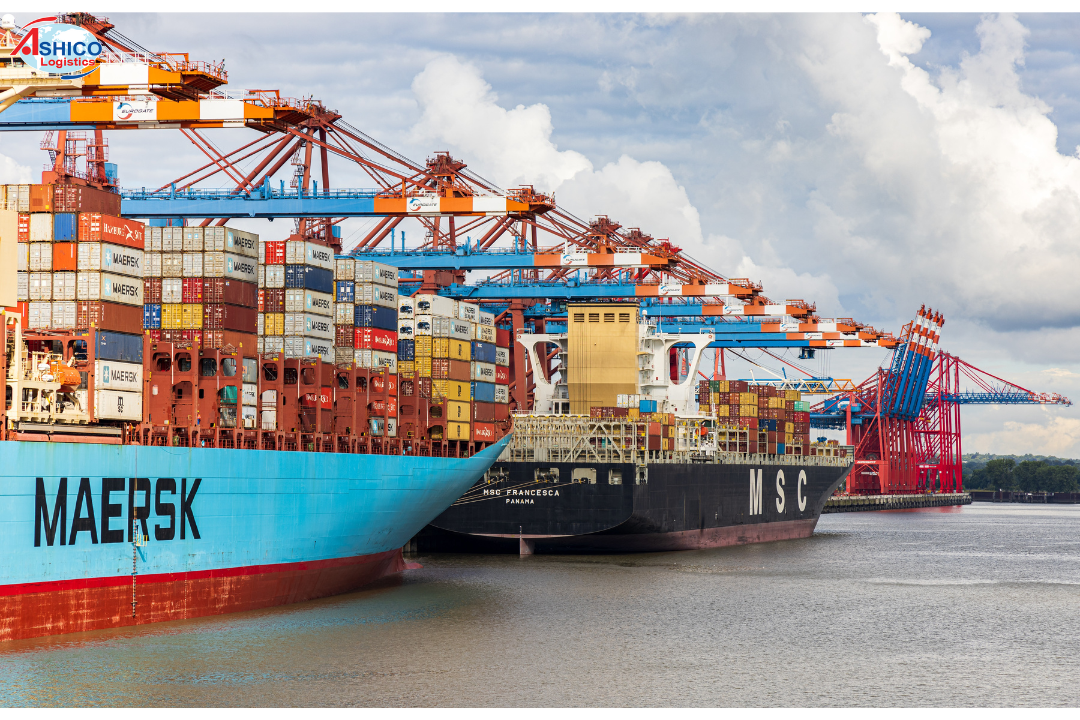
What's new in improving the capacity of the seaport system to 2030?
The seaport system is planned in sync with railways and roads, bringing into play the advantages of the maritime country to promote the circulation of import and export goods.
According to Deputy Minister Nguyen Xuan Sang, if there is no port of Cua Lo, Ha Tinh, goods in those provinces must go by road to Hai Phong or Da Nang. When developing a port cluster in Cua Lo, goods can be exported to foreign countries, without the cost of road transportation. Similarly, goods imported from China will arrive at Quang Ninh port, and from there ship goods along the sea route from North to South, replacing the current road transport of goods running across the country.
"Our country has a long coastline, so why not build a seaport, bring goods to the sea, but have to go by road. We have a premise to develop a seaport system, thereby forming coastal transport routes, which will reduce logistics costs compared to road transport," said Mr. Sang.
.png)
Deputy Minister Sang said that, in general, the cost of transportation (compared to per ton of goods) by sea is lower than the cost of transporting cars. When transporting goods by sea, it will contribute to reducing transportation costs in general, logistics costs and reducing pressure on roads, increasing traffic safety. This is a suitable orientation for the seaport infrastructure, which is to increase the volume of goods transported by the mode of transport in large volumes and at low cost.
Regarding investment capital, the seaport master plan determines that the seaport system by 2030 needs about VND 313,000 billion, including the construction of ports providing cargo handling services, which are mobilized mainly outside the budget, corporate capital and other legal capital sources. State budget capital is concentrated for public maritime infrastructure; key areas, creating spillover effects and attracting investment.
According to the leader of the Ministry of Transport, the state only invests in infrastructure, creating initial capital, the remaining 95% of capital will attract investment in other economic parts.
In addition, the previous seaport planning has been implemented for 7 years, revealing some shortcomings such as not being synchronized with the local construction planning and other industries. Compared to the time of planning, up to now, the transport infrastructure of all 5 fields of road, maritime, aviation, inland waterway and railway has changed a lot, along with the development of cities, tourist areas, coastal urban areas, causing congestion in cargo transport activities connecting to some seaport areas. At the same time, the seaport planning and the connection plans between these modes of transport are not synchronized.

